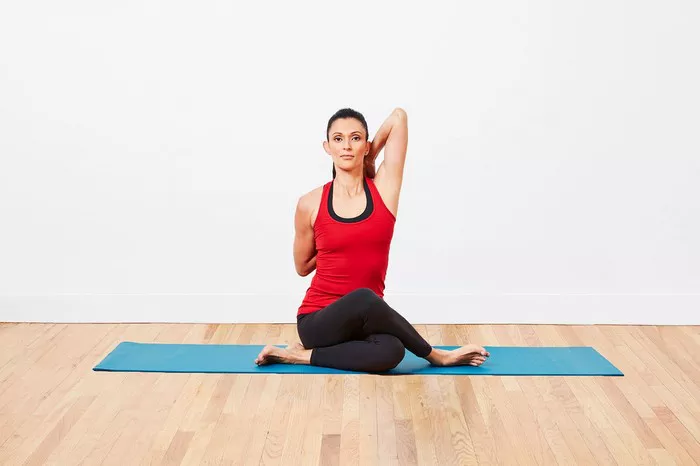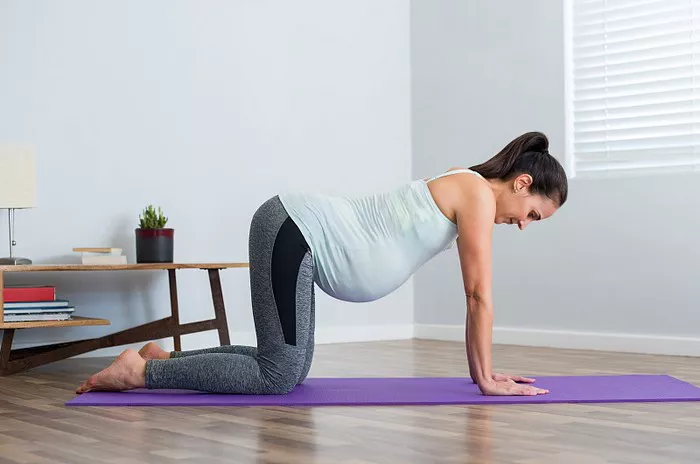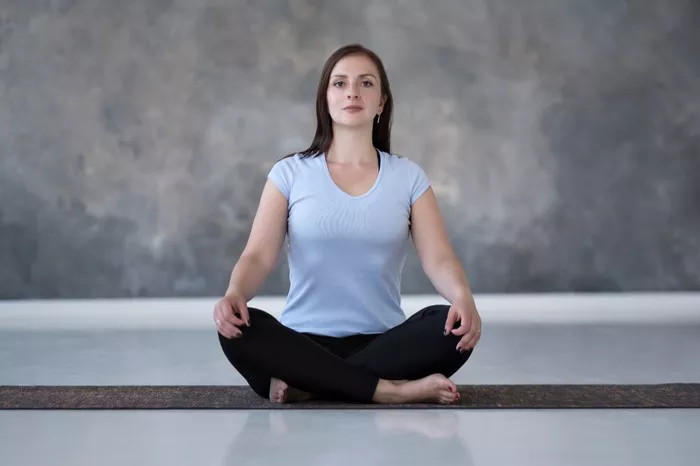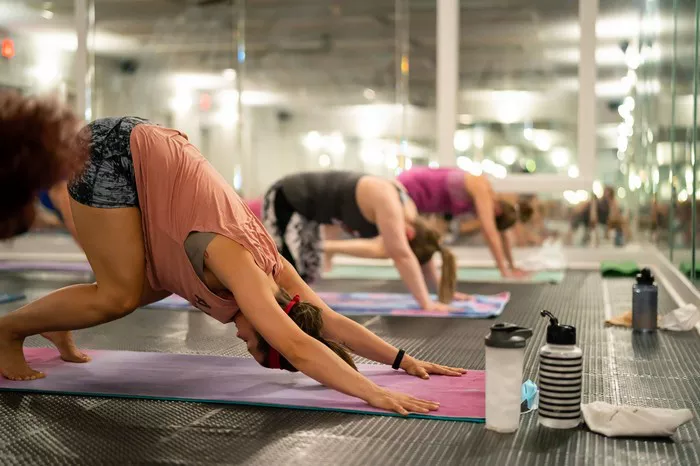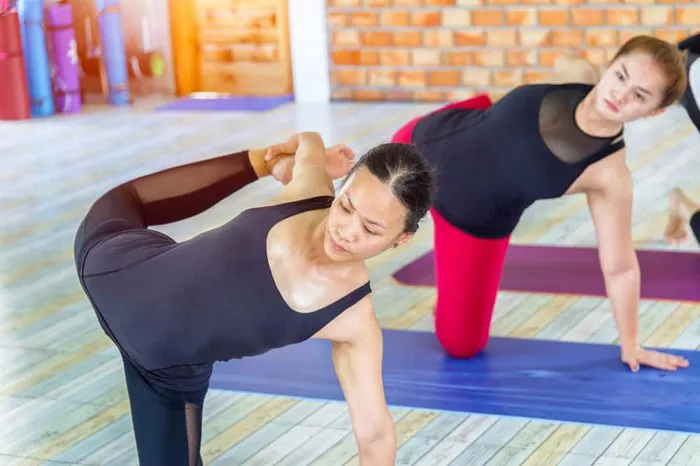Yoga, an ancient practice that harmonizes the body, mind, and spirit, consists of numerous postures, each offering unique benefits. With its roots tracing back to India thousands of years ago, yoga has evolved and spread worldwide, offering practitioners a pathway to better health, mindfulness, and a deeper connection with their inner selves. But among the multitude of poses practiced by yogis, one question persists: which pose is the king of yoga?
When we refer to the “king of yoga,” we’re often speaking metaphorically, describing a posture that is considered the most influential, beneficial, or fundamental to the practice. While no one posture can universally claim the title of “king,” several contenders rise to prominence due to their physical and mental benefits, symbolic importance, and their role in the foundational teachings of yoga.
Let’s dive into a few poses often regarded as the “king” of yoga and explore why they are so revered.
1. Sirsasana – The Headstand
When we think about the most challenging and powerful yoga poses, one that immediately comes to mind is Sirsasana, also known as the headstand. Often referred to as the “king of asanas,” the headstand offers a wide range of physical, mental, and spiritual benefits, making it a revered posture in yoga practice.
Physical Benefits:
The headstand is not just a test of strength and balance but a posture that helps to improve circulation throughout the body. When inverted, blood flow to the brain increases, stimulating the pineal and pituitary glands, which are responsible for regulating hormones. This enhanced blood circulation to the brain can also improve mental clarity, focus, and concentration.
Additionally, holding a headstand requires substantial strength in the arms, shoulders, core, and back, which makes it a powerful full-body workout. The posture engages many muscle groups, and with regular practice, it can build strength, improve flexibility, and increase balance.
Mental and Emotional Benefits:
Sirsasana is often associated with a sense of empowerment and clarity. Because the headstand requires focus and concentration, practitioners must remain grounded in the present moment, which can help quiet the mind and reduce stress. The inversion may also give a sense of refreshment, helping to rejuvenate both the body and mind, often creating a calm and peaceful state.
Symbolic Significance:
In yogic philosophy, the headstand represents the reversal of the usual flow of energy in the body, promoting a different perspective and the idea of “upside down” thinking. This aligns with the spiritual idea of breaking free from the constraints of everyday life and the ego, allowing for greater self-awareness and enlightenment.
2. Tadasana – Mountain Pose
Tadasana, also known as Mountain Pose, may seem like a simple standing posture, but its importance cannot be overstated. It is often considered the foundational posture of yoga. Though it does not involve the intense physical effort required by some of the other advanced poses, it holds a special place in a yogi’s journey due to its emphasis on alignment, grounding, and mindfulness.
Physical Benefits:
Tadasana helps improve posture and alignment, promoting a sense of balance and stability. Practicing Tadasana regularly can strengthen the legs, core, and back muscles, which are essential for maintaining proper posture throughout the day. It is also a fantastic way to prepare the body for more advanced poses by focusing on proper alignment from the ground up.
This pose activates the entire body, engaging muscles from the feet up to the head, encouraging physical awareness. The alignment of the spine, the firm rooting of the feet into the ground, and the lift through the crown of the head help practitioners maintain a strong, balanced, and centered presence.
Mental and Emotional Benefits:
Mountain Pose serves as a reminder of the importance of grounding and centering. By standing tall, with a mindful focus on breath and body, practitioners learn how to find stillness and calm. Tadasana is a pose of stability, which can help practitioners feel more grounded and connected to themselves and the earth, providing a sense of confidence and inner peace.
Symbolic Significance:
In yogic philosophy, Tadasana is symbolic of Mount Meru, the central axis of the universe. By practicing this pose, you create a sense of balance and harmony within yourself, mirroring the stillness and strength of a mountain. It teaches yogis to stand tall and firm, regardless of external circumstances, and to cultivate inner stability.
3. Padmasana – Lotus Pose
Padmasana, or the Lotus Pose, is one of the most iconic postures in yoga. It is most often associated with meditation and spiritual practice. While Padmasana may not be physically demanding in the way some of the other asanas are, its significance is far-reaching. It is often regarded as the posture that embodies the spiritual essence of yoga.
Physical Benefits:
Though it might seem passive, Padmasana is incredibly beneficial for improving flexibility in the hips, knees, and ankles. The seated position, with crossed legs and the feet placed on the opposite thighs, opens the hips, which is important for achieving greater mobility and balance. This pose also encourages a straight, elongated spine, which can help improve posture.
While Padmasana is typically seen as a meditative pose, it also plays a key role in calming the nervous system, promoting deep relaxation, and encouraging proper alignment of the spine.
Mental and Emotional Benefits:
Padmasana is primarily a meditative pose, meaning it promotes mental clarity, focus, and stillness. By sitting in the Lotus Pose, you activate a sense of deep introspection and inner peace. The pose helps calm the mind, reduce stress, and enhance concentration, making it an excellent choice for meditation.
For those seeking enlightenment or spiritual growth, Padmasana is often the pose of choice. It is said that through long periods of sitting in Lotus Pose, practitioners may experience heightened awareness and spiritual awakening, as it creates a connection between the physical body and the inner, spiritual self.
Symbolic Significance:
The Lotus Pose is symbolic of spiritual growth and transformation. Just as the lotus flower grows out of the muck and mud, it represents the process of inner purification and enlightenment. Padmasana encourages practitioners to “blossom” into their true selves, developing mental and emotional clarity, and experiencing spiritual awakening.
4. Utkatasana – Chair Pose
Utkatasana, or Chair Pose, is often seen as a challenging and dynamic pose. It requires strength, stability, and focus. While it may not be considered the “king” of all yoga poses, its versatility and importance in a balanced yoga practice make it a powerful contender.
Physical Benefits:
Chair Pose is an excellent way to strengthen the legs, especially the thighs, calves, and ankles. It also engages the core and lower back muscles, which helps to improve posture and stability. By holding the pose, you also stretch the arms and shoulders, enhancing flexibility.
Utkatasana is a powerful way to build endurance and strength in the body. Over time, holding the pose helps improve overall stamina, allowing you to push past mental and physical barriers in other yoga postures and in life.
Mental and Emotional Benefits:
Despite its challenge, Utkatasana fosters a sense of perseverance. By learning to hold the pose for longer periods of time, practitioners develop patience, mental fortitude, and resilience. The focus required to balance and maintain the position also encourages concentration and mindfulness, making this pose beneficial for mental clarity.
Symbolic Significance:
Chair Pose is symbolic of resilience and determination. It teaches practitioners to maintain focus even in challenging situations. Utkatasana reflects the strength and stability that yoga brings, as well as the ability to remain grounded, no matter the external circumstances.
5. Adho Mukha Svanasana – Downward-Facing Dog
One of the most common poses in yoga, Adho Mukha Svanasana (Downward-Facing Dog) is considered a quintessential posture that connects body and mind. It serves as a foundational pose in many yoga styles, offering both strength and stretch.
Physical Benefits:
Downward-Facing Dog stretches the entire back of the body, from the heels to the head. It lengthens the spine and opens the hips, hamstrings, and calves. The pose also builds strength in the arms, shoulders, and core. It’s an excellent stretch for those who spend a lot of time sitting, as it helps relieve tightness in the back and shoulders.
Mental and Emotional Benefits:
This pose encourages a sense of release and relaxation. The inversion and full-body stretch can reduce stress and promote mental clarity, offering a sense of refreshment. Downward-Facing Dog is also an energizing pose, helping to invigorate the body and mind.
Symbolic Significance:
In yoga, Downward-Facing Dog is symbolic of devotion and humility. The shape of the body in the pose resembles a dog stretching, a gesture that can be seen as an offering or a surrender. This posture invites practitioners to let go of distractions and to be fully present in the moment.
Conclusion
The idea of the “king” pose in yoga is subjective, and many poses serve as important pillars in a well-rounded practice. The title of “king” may be awarded to Sirsasana for its profound effects on the body, mind, and spirit, or to Tadasana for its importance as the foundation of all other poses. Padmasana, too, holds great significance as the posture of meditation and spiritual insight.
Ultimately, the “king” of yoga is not just one single pose but rather an embodiment of the principles of yoga—strength, flexibility, balance, mindfulness, and spiritual growth. Each posture offers unique benefits and teaches different lessons, helping practitioners develop holistically on their journey toward greater health and inner peace.
As with any yoga practice, the key is to approach each posture with mindfulness, respect for the body, and an open heart. Whether you find yourself mastering an advanced pose like the headstand or simply practicing Tadasana, remember that every yoga pose has the potential to be a “king” in its own right, leading you toward the highest expression of your physical, mental, and spiritual well-being.
Related topics

